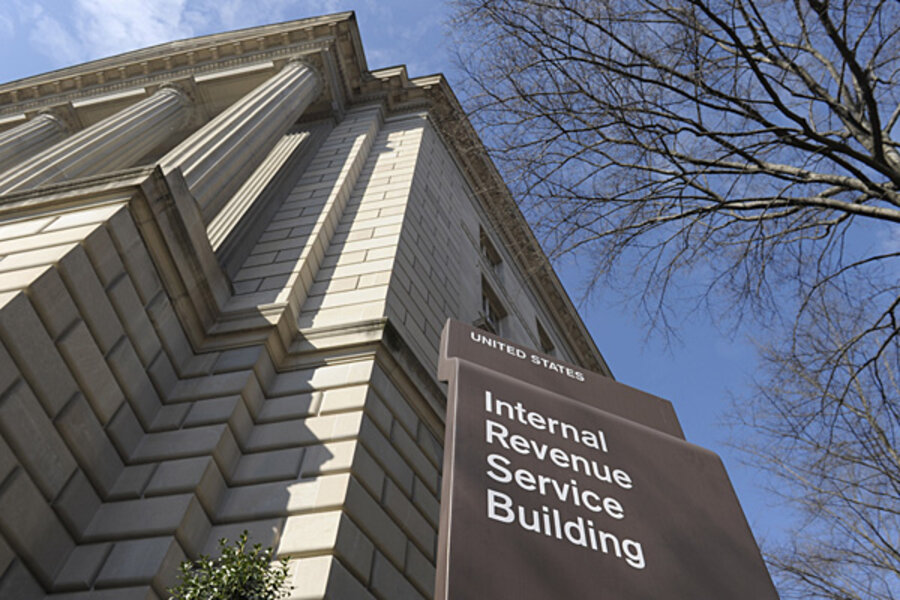Do low-income taxpayers cheat?
Loading...
My blog last Tuesday on overblown concerns about people falsely claiming subsides under the Affordable Care Act’s insurance exchanges generated a lot of response. Much focused on my assertion that the income tax system operates remarkably well as a largely voluntary program.
Their retort: I naively misjudged the willingness of low-income people to cheat. In the words of one reader (whose comment was posted on Forbes.com):
“I think you have substantially underestimated the ability and motivation of low income people to commit fraud when the opportunity arises. In light of the EITC and school lunch program experience, why should we expect the amount of overpayments on the Exchanges–especially in their very first chaotic year of operation–to be any smaller?”
That’s a pretty powerful statement so I checked into the Earned Income Tax Credit (I don’t know anything about school lunches). And, it turns out, there is no evidence of widespread cheating.
It is certainly true that some EITC taxpayers do cheat. But many others are simply baffled by the credit and make mistakes. The IRS has identified high error rates, though that may be, in part, because it also audits EITC returns much more frequently than other returns.
This reader pointed to a recent report by the Treasury Inspector General (yes, the same TIGTA that’s in the middle of the IRS-Tea Party flap). That study cited IRS estimates that 21 percent-25 percent of EITC payments were issued improperly in 2012.
But let’s look more closely at what’s happening here.
To start, the TIGTA report makes no distinction between mistakes and fraud. It is quite a leap to assert that all–or even most– of these improper payments represent fraud.
The reality is that the EITC is enormously complicated. The IRS guide for the credit (publication 596) is 62-pages long. As Bob Greenstein and John Wancheck from the Center on Budget and Policy Priorities note, the instructions for filling out the EITC form are twice as long as the instructions for the Alternative Minimum Tax.
In addition, it appears that many errors have nothing to do with the income people report (the analogue to the problem with the Obamacare subsidies). Rather, many are caused by confusion over who should claim the credit when multiple generations of wage-earners live in the same household or when parents are not living together.
The rules are complex and often counter-intuitive. For example, in a divorce, the parent who has custody for more than half a year should claim the credit for a child. But sometimes a non-custodial parent may properly claim the child as a personal exemption and even for the Child Tax Credit. If that parent also claims the child for the EITC, it would be reported as an overpayment. But is it fraud or just a mistake?
Keep in mind that TIGTA reported only on overpayments and made no effort to estimate underpayments. In this example, for instance, it might have been a true overpayment if both parents claimed the same child. But the net effect could as easily have been a net underpayment if the “wrong” parent claimed the credit. Or, the payment might have been taken by the “right” parent but reported as an error by the IRS simply because she didn’t include the correct documentation.
In addition, we know that despite an aggressive IRS effort to inform people about the credit, some people who are eligible still even don’t apply.
Finally, the IRS Taxpayer Advocate Nina Olson argued in 2011 that error rates may be overstated because they are based on the results of largely uncontested audits. Unlike high-income taxpayers, EITC recipients rarely challenge the IRS. Nina estimates that of those households who came to her office for help after an audit, more than 40 percent were entitled to nearly all of the credit they claimed.
None of this suggests that the EITC is a flawless program, or that some low-income taxpayers don’t cheat. Or even that some people won’t lie to claim an exchange subsidy. It does suggest, however, that allegations of widespread tax fraud by low-income people are exaggerated, or at least not supported by the evidence.







